#Terry K Amthor
Text
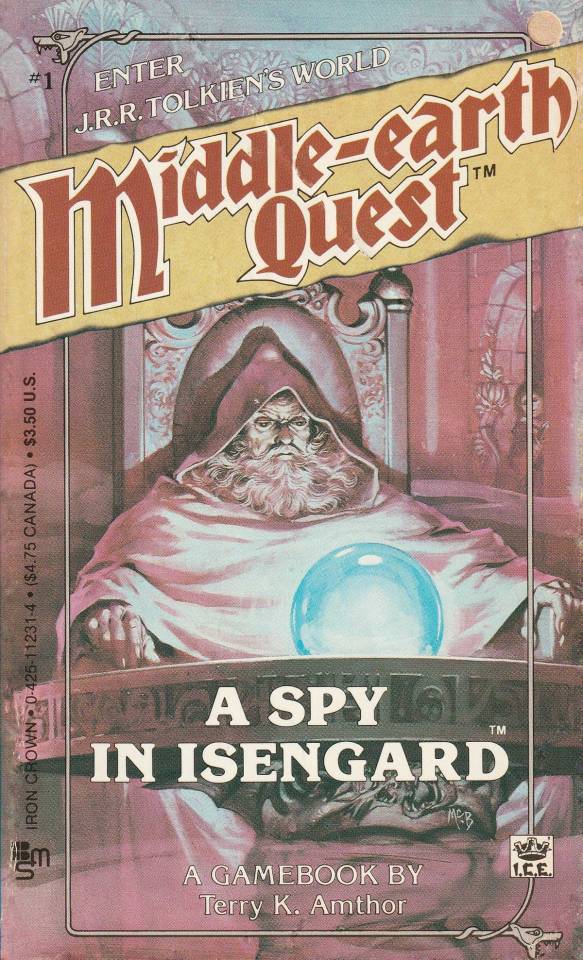
Saruman the White ponders his palantír. "You are the trusted apprentice to one of the greatest Wizards in all Middle-earth" in A Spy in Isengard (Angus McBride cover art for Middle-earth Quest gamebook #1 by Terry K Amthor, Iron Crown Enterprises, 1988). McBride has been memed more than once.
#pondering my orb#wizard#Angus McBride#orb#Saruman#LotR#A Spy in Isengard#Middle-earth#palantir#Saruman the White#Middle-earth Quest#middle earth quest#JRR Tolkien#Tolkien#Terry K Amthor#game book#istar#istari#lord of the Rings#The Lord of the Rings#middle earth#palantír#mage#magic user#crystal ball
1K notes
·
View notes
Text



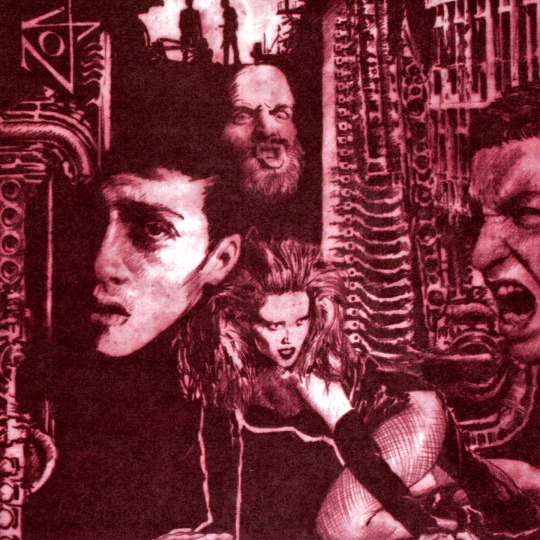

This week, let’s have a look at some horror games of the 1990s, awash with secret histories, conspiracies and pre-millennial tensions. First up, Kult! This is the first English edition (imported by Terry K. Amthor, of Shadow World fame) from 1993, but the original Swedish game is from 1991.
So, reality is actually a metaphysical prison constructed by the Demiurge in order to suppress humanity’s inherent divinity (see: Gnosticism, Phil Dick). However, the big D (the Demiurge, not Phil) has vanished and his illusion is starting to slip, giving humanity the chance for…something. Fulfilling that potential isn’t a walk in the park and even if players somehow attain it, the world beyond the illusion is pretty horrible — the haunted Metropolis, the burning Inferno, the swirling Vortex.
Like many ‘90s RPGs of this sort, players take the role of characters on the fringes of society who congregate in a sort of occult underground. The main mechanic here is mental balance. Those with zero are centered, normal, bought in to the Demiurge’s lie. Extremes in either direction open up the path to divinity. On the positive side are things like caring for people or throwing oneself into creativity. On the negative side are things like being exposed to supernatural horrors, indulging in drugs, witnessing violence and so on. It is far easier to tailspin into the negatives, which are often exacerbated by each character’s Secret (suffering from a mystical curse, for instance). It is likely that characters like this will burn up in the course of their investigations long before they have to worry about divinity. Which is sort of the point and half the fun (the long arc of mental balance is more like a freeform guideline rather than a usable mechanic anyway).
Kult was originally part of the greater web of Basic Role-Playing derived games (coming to the system via Drakar Och Demoner, but now it is Powered by the Apocalypse). It’s unapologetic approach to morality, religion, sex and substance abuse sparked a bit of a moral panic over the game in Sweden, while in the States it got a mature readers warning. The benefits of having weathered the Satanic Panic, I guess.
128 notes
·
View notes
Photo
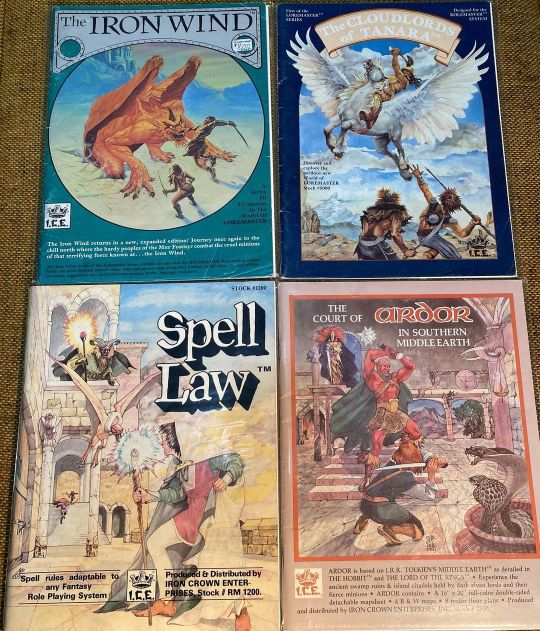
Although it has received little notice, the author Terry K. Amthor has died. He was a cofounder of Iron Crown Enterprises (ICE), one of the most creative RPG studios in the history of RPGs, he was involved in the creation of Rolemaster, wrote many Middle Earth Roleplaying modules, co-created Spacemaster, and created the fascinating Shadow World, among other feats. He was one of the most influential figures in my life with RPGs. He also came out in a historical article entitled "Queer as a Three-sided Die." "TKA: And in a somewhat unrelated topic, I got a little fame for my article ‘Queer as a Three-sided Die’ in White Wolf Magazine back in 1994, about feeling isolated as the only gay gamer (besides one other guy in the industry) that I knew of. The WW guys said it got a tremendous response. The last few years at GenCon now they hold a seminar with that name. BH: As you mentioned, your 1994 article in White Wolf “Queer as a Three-sided Die” helped motivate a recurring seminar at Gen-Con of the same name. You’ve included both gays and women in Shadow World: the Sarnak amazons and the Komaren Cluster “Sherikaan” (SW term for gays). There seems to be an emphasis on “minorities”, can you elaborate on that and its importance to you in your creative process TKA: I dunno, it just seemed natural to me. I knew I was taking a risk of offending people including an entire gay culture in SW, but that was when I was writing SW unsupervised for the first time and thought, what the hell. (The main protagonist in my SW novel is also gay). I never got any negative feedback, and even got a few letters and emails praising it. As far as women and other races, it just seemed natural to me, especially after Middle-earth, which is totally dominated by men, (except for Galadriel), and the only people of color were savages from Harad who served Sauron. Back in the 80’s the gaming world was overwhelmingly white and str8. Fortunately it has changed quite a bit, along with popular culture." Interview from the Rolemaster Blog. #terrykamthor #rolemaster #merp #middleearthroleplaying #ironcrownenterprises #spacemaster #shadowworld https://www.instagram.com/p/CUqyKYplFJI/?utm_medium=tumblr
0 notes
Photo



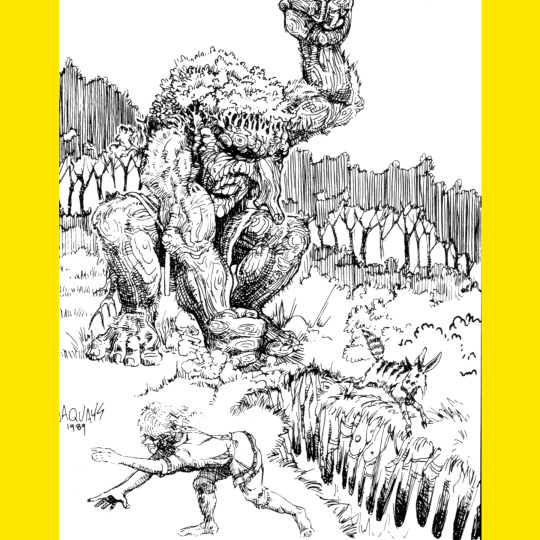


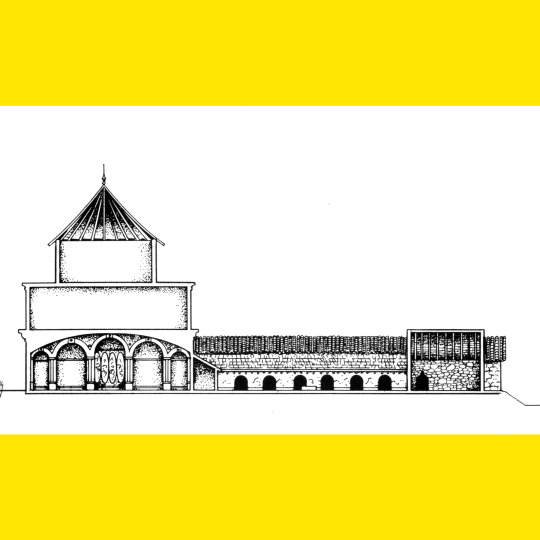
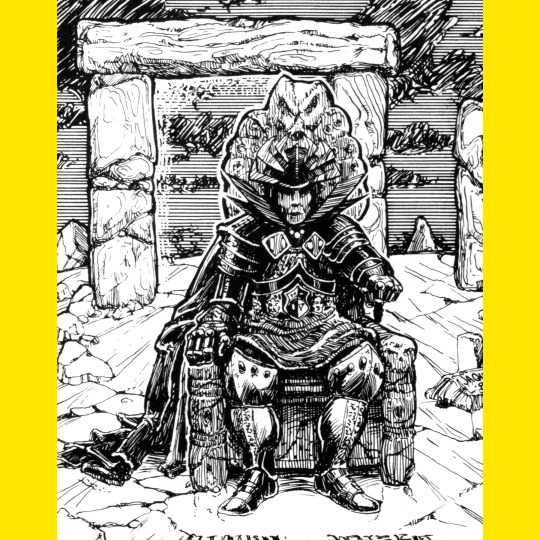
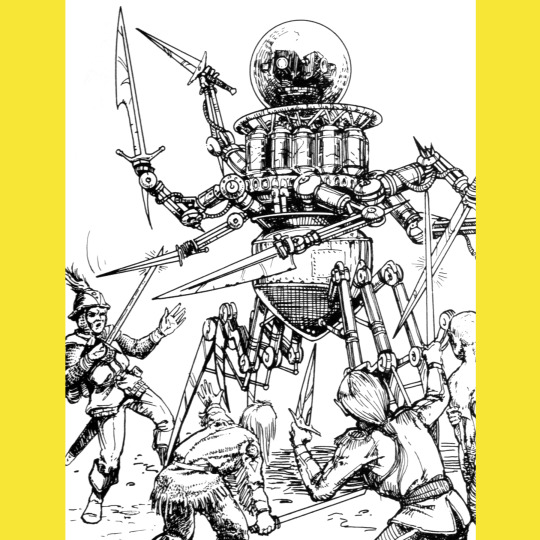

Demons of the Burning Night (1989) came out the same year as the Shadow World Atlas and re-establishes what to expect from a Shadow World module (structurally, they are very similar to the older Loremaster modules and, honestly, many of the MERP books, which should be unsurprising since Shadow World creator Terry K. Amthor had a hand in all of that as one of Iron Crown’s founders).
The focus of this book is the island of Aranmor, which is kind of like the Isle of Dread from D&D but with a black metal soundtrack. Everything living there is evil. Like, really, really evil. To the point that most adventurers avoid the place, despite the fact that it is a treasure trove of first age technology and magical artifacts. You kind of get that sense from the Tony Robert’s excellent cover.
Even the good stuff is kind of terrible. There is a horn that when blown, basically annihilates whatever is in front of you. But if you blow it twice before the moon Varin turns fully (ten days) the thing explodes, basically nuking everything in a 50’ radius. It’s beautiful, really.
The majority of the book is given over to detailing the ruined city of Tarek Nev, a horrible place full of danger. Even the trash pit is deadly (it's a demon, concealed by sand, that just exists to digest garbage and whatever adventurers happen to step into its mouth). A fantastic resource, if you’re in need of a demon haunted city.
#RPG#TTRPG#Tabletop RPG#Roleplaying Game#D&D#dungeons & dragons#Shadow World#Terry Amthor#Jennell Jaquays#Iron Crown#Rolemaster#Demons of the Burning Night
83 notes
·
View notes
Photo



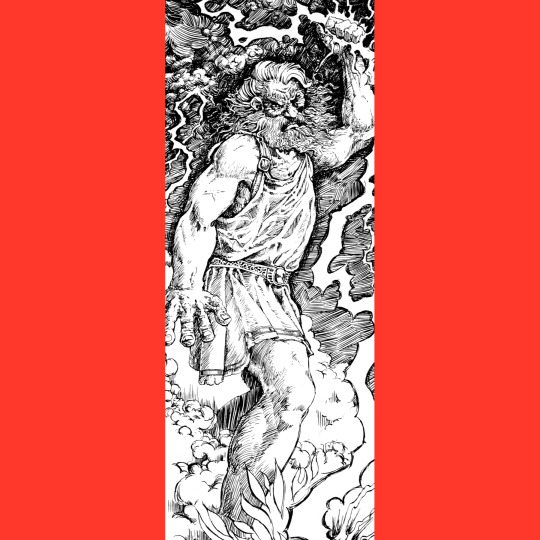



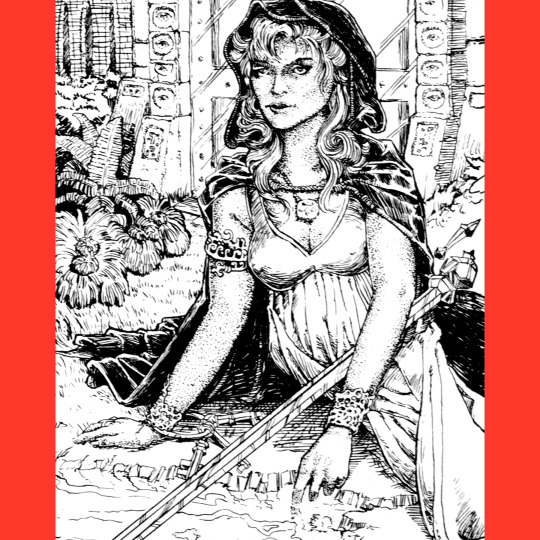

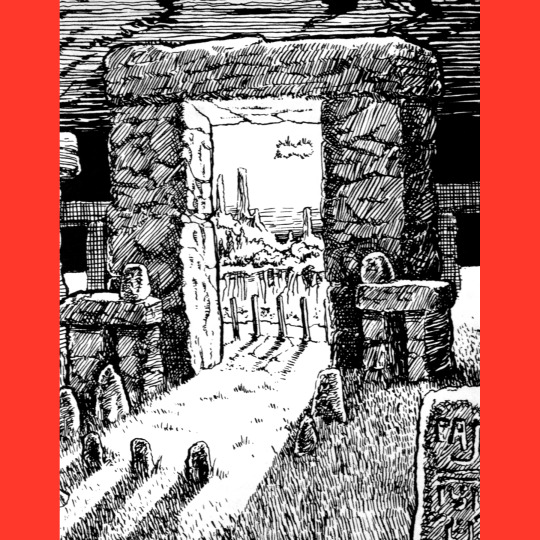
Shadow World! This is overdue and kind of thematically appropriate because Terry K. Amthor’s Shadow World seems to me to be unfairly overshadowed by other fantasy campaign settings. It is, however, wonderfully detailed and wildly weird, so perhaps after this week of posts you’ll be inspired to check it out.
The world was technically first introduced in 1980 in The Iron Wind for Iron Crown’s Rolemaster system, with further entries in the Loremaster series of modules, Vog Mur and Cloud Lords of Tanara (1984) adding additional locales, but it wasn’t clear until the Shadow World Atlas box set (1989) that all these places were part of the same world. In the box you have an overview of the world in one book, a look at the various (very Tolkien-esque) races in another, a final book detailing monsters and conversion notes and, of course, a big old map. Tony Roberts’ cover painting gives an immediate sense of the world, while Jennell Jaquay’s interior illustrations relentlessly underscore its weirdness.
From this material you get a sense of the world. Many aspects of it align with Middle-Earth, but made strange by civilizations running through rapid cycles of golden ages and collapse. The first societies of the world had access to fantastic technologies, many of which continue to malfunction into the present, causing weird weather patterns and other dangers — the very land, peppered with archipelagos, seems broken and a strange energy barrier cuts off access to half the planet. Magic is strong, to the point that it inhibits the development of other technologies (though the societies of Kulthea strike quite a range, from bronze age tribes to steampunk style groups with flying ships), a fact that the college of Loremasters seeks to counter by spreading knowledge. There are five moons and the gods live on them. Unlife is a constant and unambiguous threat, but there are many subtle evils in the world too. There’s a lot going on!
#RPG#TTRPG#Tabletop RPG#Roleplaying Game#D&D#dungeons & dragons#Shadow World#Terry Amthor#Jennell Jaquays#Iron Crown#Rolemaster
75 notes
·
View notes
Photo

Valmorgûl, Warden of the Citadel of Ardor, as depicted on “The Magician” card in the arcane Ardan Deck (Charles Peale, The Court of Ardor in Southern Middle-earth by Terry K Amthor, ICE, 1983)
#Rolemaster#MERP#Charles Peale#Middle-Earth Role Playing#Middle-Earth#LotR#Valmorgul#Valmorgûl#elf#dark elf#Tolkien#Ardor#The Court of Ardor#The Court of Ardor in Southern Middle-Earth#Terry K Amthor#tarot#ardan deck#ICE#Iron Crown Enterprises#the magician#magician#mage#sorcerer
117 notes
·
View notes